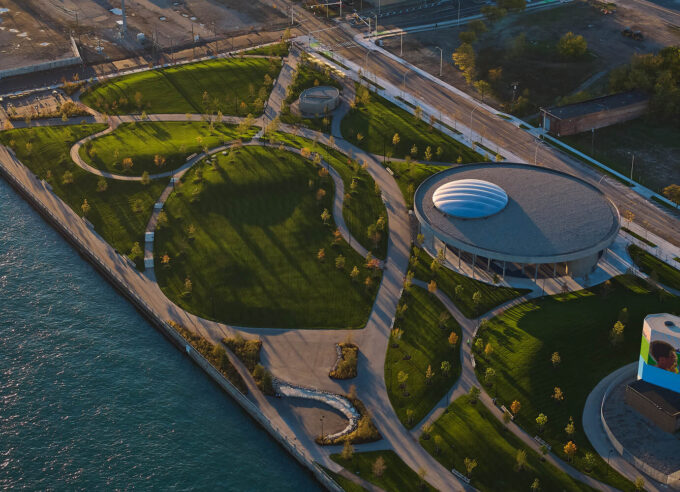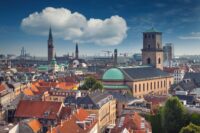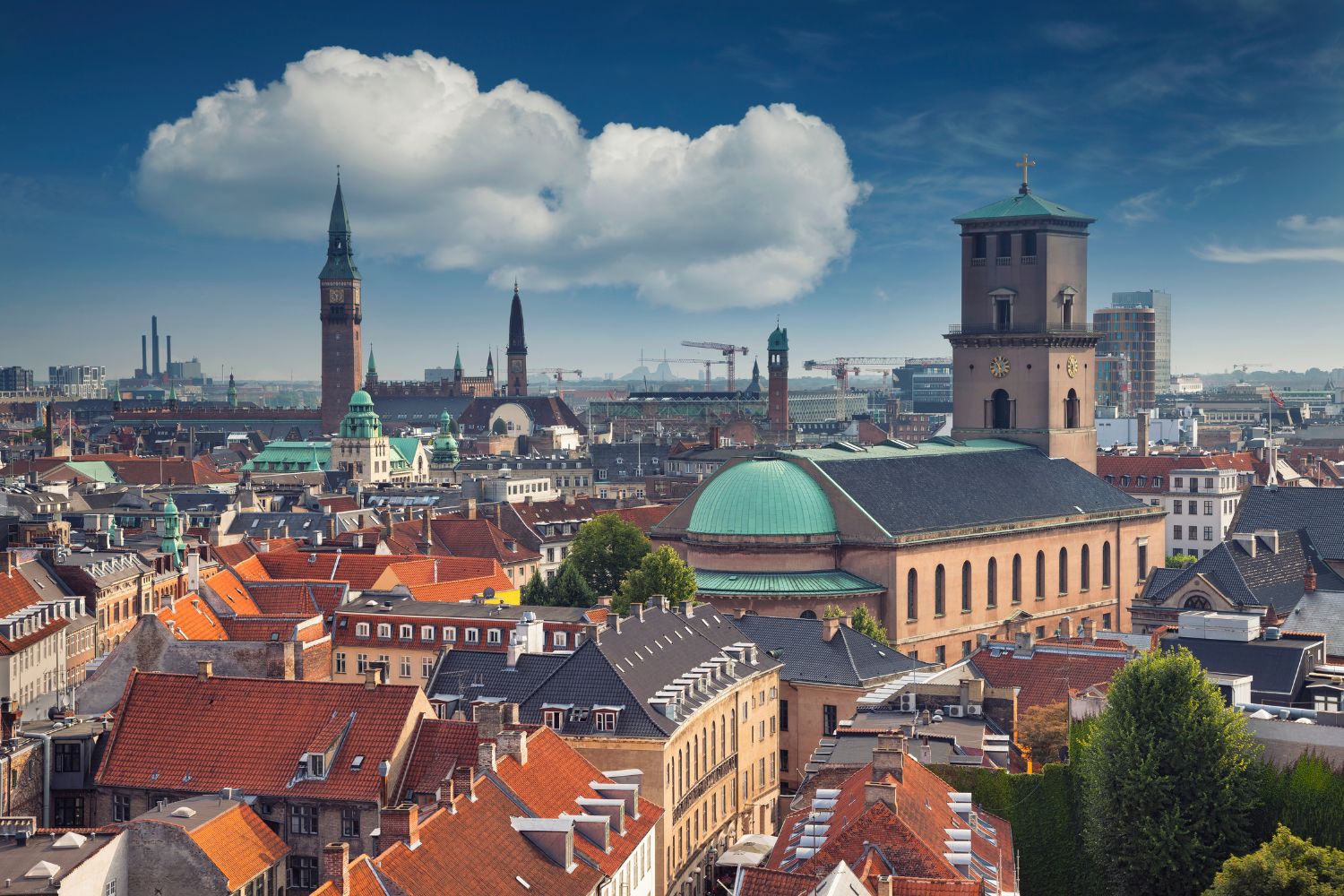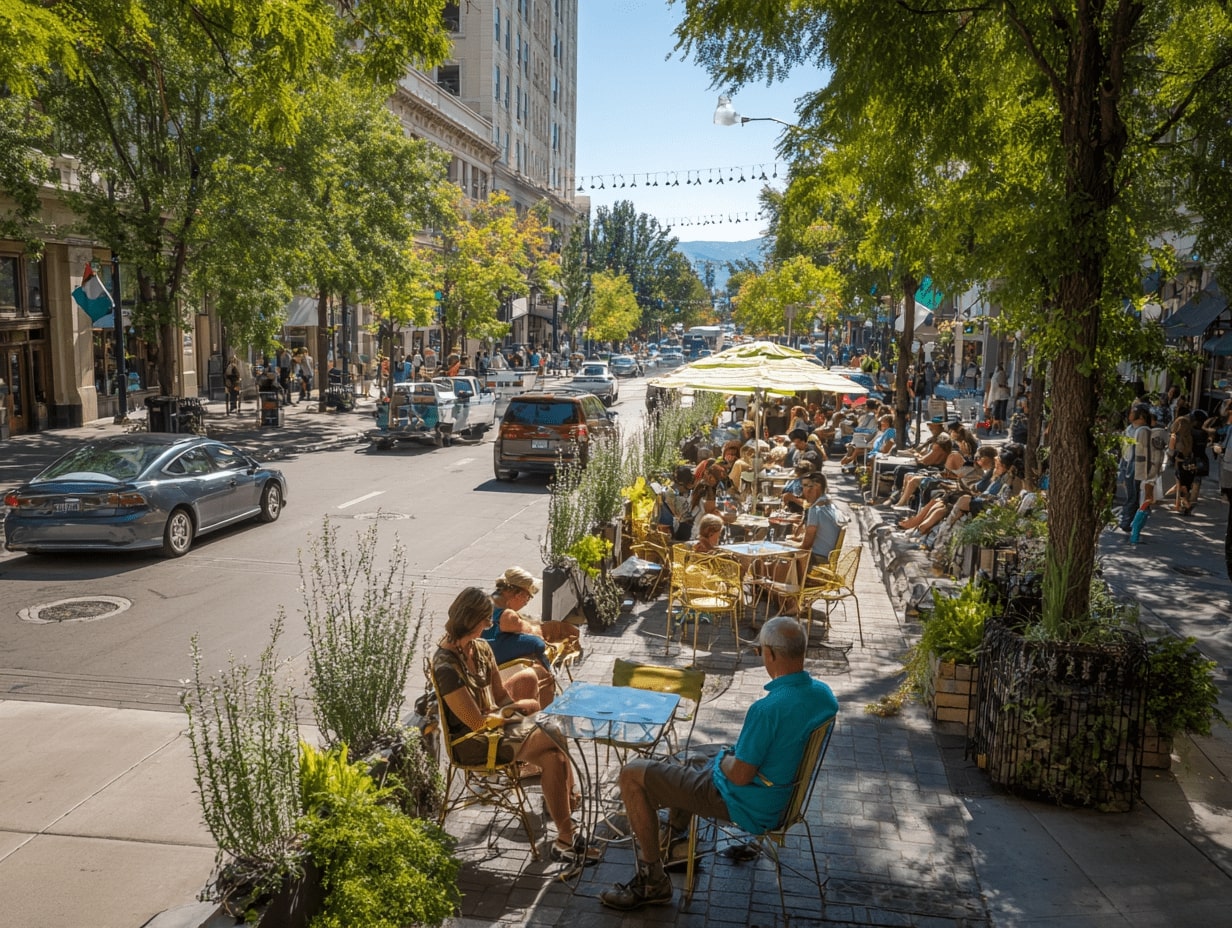- Home
- Articles
- Architectural Portfolio
- Architectral Presentation
- Inspirational Stories
- Architecture News
- Visualization
- BIM Industry
- Facade Design
- Parametric Design
- Career
- Landscape Architecture
- Construction
- Artificial Intelligence
- Sketching
- Design Softwares
- Diagrams
- Writing
- Architectural Tips
- Sustainability
- Courses
- Concept
- Technology
- History & Heritage
- Future of Architecture
- Guides & How-To
- Art & Culture
- Projects
- Interior Design
- Competitions
- Jobs
- Store
- Tools
- More
- Home
- Articles
- Architectural Portfolio
- Architectral Presentation
- Inspirational Stories
- Architecture News
- Visualization
- BIM Industry
- Facade Design
- Parametric Design
- Career
- Landscape Architecture
- Construction
- Artificial Intelligence
- Sketching
- Design Softwares
- Diagrams
- Writing
- Architectural Tips
- Sustainability
- Courses
- Concept
- Technology
- History & Heritage
- Future of Architecture
- Guides & How-To
- Art & Culture
- Projects
- Interior Design
- Competitions
- Jobs
- Store
- Tools
- More
What Are Hybrid Cities? Exploring Their Features, Benefits, and Challenges
Explore the rise of hybrid cities that seamlessly blend traditional urban elements with cutting-edge technology. This article delves into their potential to improve quality of life, tackle climate change, and enhance community engagement through smart infrastructure and sustainable practices. Discover the challenges these cities face and how innovative solutions can ensure their success.

In today’s rapidly evolving world, the concept of hybrid cities is gaining traction as a solution to urban challenges. These innovative urban environments blend traditional city elements with cutting-edge technology and sustainable practices, creating spaces where urban living meets ecological responsibility. As we navigate the complexities of modern life, hybrid cities emerge as a beacon of hope for a more efficient and harmonious future.
Imagine a place where green spaces coexist with smart infrastructure, and community engagement thrives alongside digital connectivity. Hybrid cities aim to enhance the quality of life for residents while addressing pressing issues like climate change and resource scarcity. Join us as we explore what defines these dynamic urban landscapes and how they can reshape our cities for generations to come.

Table of Contents
ToggleUnderstanding Hybrid Cities
Hybrid cities blend traditional urban elements with cutting-edge technology and sustainable practices. These cities aim to enhance the quality of life for residents while addressing modern urban challenges.

Definition of Hybrid Cities
Hybrid cities represent urban environments that integrate physical infrastructure with digital networks. They leverage smart technologies, such as IoT devices and data analytics, to optimize city management and improve citizen engagement. This integration allows hybrid cities to respond dynamically to the needs and behaviors of their inhabitants.
Characteristics of Hybrid Cities
Hybrid cities showcase several defining characteristics:
- Smart Infrastructure: These cities employ advanced technology in infrastructure, such as smart traffic lights and energy-efficient buildings.
- Sustainability Practices: Hybrid cities prioritize eco-friendly initiatives, including green spaces and renewable energy sources.
- Connectivity: High-speed internet access supports seamless connectivity among residents, businesses, and city services.
- Data-Driven Decision Making: City planners utilize data analytics to enhance urban planning and respond effectively to real-time challenges.
- Community Engagement: Hybrid cities foster active citizen participation through digital platforms, allowing residents to voice concerns and contribute to city planning.
Understanding these components solidifies our grasp on what makes hybrid cities a promising solution for contemporary urban living.
The Concept of Urban Integration
Urban integration forms the foundation of hybrid cities, merging age-old urban elements with modern technology to create cohesive environments. This concept emphasizes the synergy between physical spaces and digital innovations.

Blending Tradition and Modernity
Blending tradition and modernity fosters a unique urban identity. Cities combine historic architecture with contemporary designs, creating vibrant spaces that honor their past while embracing future innovations. Examples include renovated warehouses transformed into tech hubs and historical sites integrated with augmented reality experiences. Such combinations enhance cultural engagement, promoting tourism and local pride.
Coexistence of Different Cultures
Coexistence of different cultures enriches the urban experience. Hybrid cities host diverse populations, encouraging the exchange of ideas, traditions, and practices. Multicultural neighborhoods often feature varied cuisines, art, and festivals that celebrate this diversity. By supporting cultural initiatives and community events, cities cultivate inclusivity, fostering social cohesion among residents.
Benefits of Hybrid Cities
Hybrid cities offer numerous advantages, enhancing both urban living and economic viability. These benefits stem from their integration of technology, sustainability, and community engagement.

Economic Advantages
Hybrid cities significantly boost local economies. We see increased job creation, particularly in tech and sustainable sectors, which attracts talent. Enhanced infrastructure supports businesses through improved logistics and reduced costs. By utilizing smart technologies, urban planners can optimize resource management, which leads to lower operational expenses. Our experience shows that vibrant public spaces stimulate local commerce, driving foot traffic and encouraging entrepreneurship. The blend of residential and commercial zones also fosters economic diversity, ensuring resilience against market fluctuations.
Social Connectivity
Hybrid cities enhance social connectivity among residents. We observe increased opportunities for community interaction through shared public spaces and digital platforms that promote engagement. Diverse neighborhoods celebrate cultural exchange, enriching our urban experiences and fostering inclusivity. Initiatives such as community events and online forums allow us to share resources, ideas, and support networks. This interconnectedness strengthens social bonds and promotes a sense of belonging, essential for thriving urban environments. Overall, these cities cultivate relationships that contribute to our collective well-being.
Challenges of Hybrid Cities
Hybrid cities face significant challenges that hinder their development and effectiveness. We examine two primary areas of concern: infrastructure issues and environmental concerns.

Infrastructure Issues
Infrastructure issues present major obstacles in hybrid cities. Aging urban frameworks often struggle to integrate smart technologies and sustainable practices. Many cities lack the necessary connectivity, making it difficult for residents to access digital resources. High costs associated with upgrading existing infrastructures can delay necessary enhancements. Additionally, incompatibility between old systems and new technologies often leads to inefficiency.
Investment in robust digital and physical infrastructure is critical. Efforts to unify public transportation systems with smart solutions can improve accessibility and make commuting more efficient. Establishing reliable energy sources, such as renewable energy grids, can reduce reliance on fossil fuels. The challenge remains to balance modernization with historical preservation, ensuring that development respects cultural heritage while meeting contemporary needs.
Environmental Concerns
Environmental concerns inherently affect the sustainability of hybrid cities. Urban areas contribute significantly to greenhouse gas emissions, and hybrid cities are no exception. High population densities lead to increased waste generation and pollution, which can overwhelm local ecosystems. The pressures of managing resources, including water and energy, complicate efforts to maintain ecological balance.
Innovative solutions to environmental challenges exist, yet implementation often faces barriers. Integrating green spaces into urban designs can mitigate air pollution and provide habitats for wildlife. Implementing comprehensive waste management programs can promote recycling and reduce landfill strain. Addressing climate resilience through infrastructure upgrades is vital to withstand natural disasters. We must prioritize sustainable policies and community engagement to address these pressing environmental concerns effectively.
Conclusion
Hybrid cities represent a forward-thinking evolution of urban environments. We define them as spaces that seamlessly blend traditional elements with advanced technologies, aiming to enhance urban life while addressing critical challenges like climate change and resource scarcity. The successful integration of smart infrastructure, sustainability practices, and high-speed connectivity fosters improved decision-making and deeper community engagement.
Moreover, urban integration plays a vital role in crafting cohesive and unique urban identities. We witness historic architecture coexisting with modern designs, enriching cultural experiences and promoting inclusivity through diverse neighborhoods. The economic benefits of hybrid cities, including job creation and vibrant public spaces, further contribute to their attractiveness as living environments.
Despite their potential, we recognize the challenges hybrid cities encounter, particularly regarding infrastructure upgrades and environmental sustainability. Investment in both digital and physical frameworks is essential for overcoming these hurdles. By combining innovative solutions like green spaces and comprehensive waste management, we can pave the way for successful hybrid cities that enhance urban living for future generations.
- benefits of hybrid cities
- challenges of hybrid cities
- city resilience strategies
- community engagement in urban planning
- digital transformation in cities
- features of hybrid cities
- future of urban living
- green infrastructure in cities
- hybrid cities
- hybrid city case studies
- hybrid city models
- integrated urban systems
- public spaces in hybrid cities
- renewable energy in urban areas
- smart cities vs hybrid cities
- smart city solutions
- sustainable city development
- technology in hybrid cities
- transportation in hybrid cities
- urban ecosystem services
- urban innovation
- urban mobility solutions
- urban planning for hybrid cities
- urban sustainability
Submit your architectural projects
Follow these steps for submission your project. Submission FormLatest Posts
Copenhagen Named the Happiest City in the World in 2025
Copenhagen has been named the happiest city in the world in 2025...
Frank Gehry’s Transformative Ideas in Urban Design
Frank Gehry’s influence extends far beyond expressive architecture; his ideas have reshaped...
Architecture as Infrastructure: Designing Beyond Buildings
Architecture as infrastructure reframes cities as systems—flows, lifecycles, and value. Explore resilient...
Designing for Emotional Urbanism: How We Shape Cities People Actually Feel Good In
Emotional Urbanism: a practical guide to design that reduces stress, boosts dwell...












Leave a comment